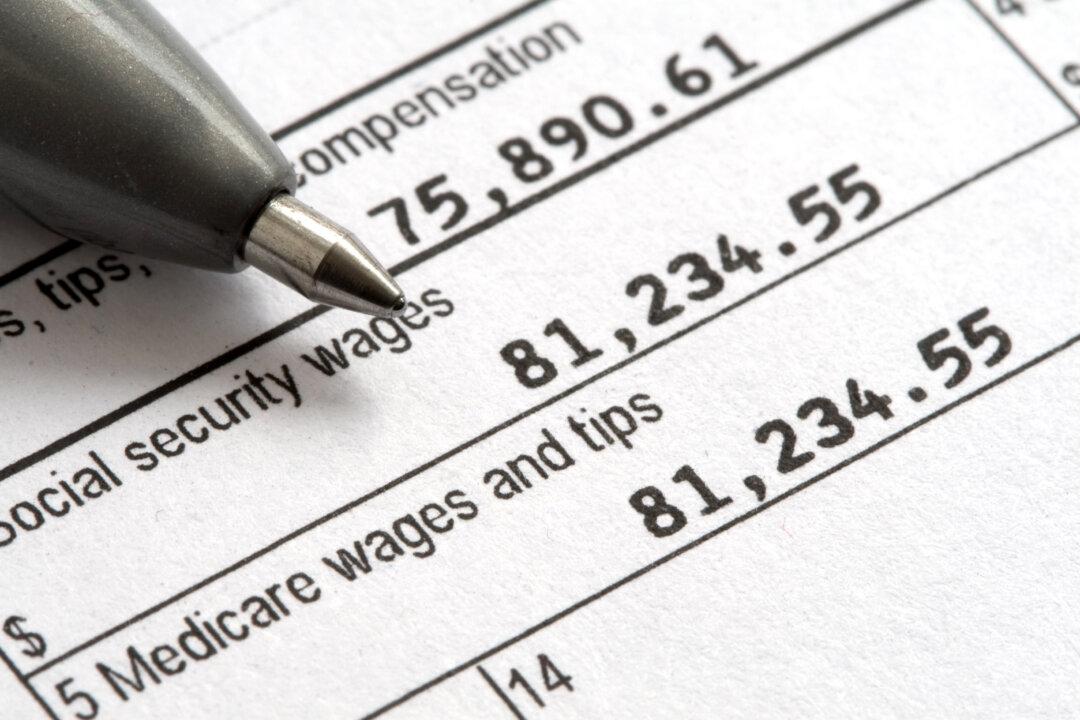I’ve learned over the years that when it comes to Social Security retirement benefit calculations, there are three kinds of people. There are those who just want to know what their benefit is going to be and don’t really care too much about how it’s calculated. Then there are those people who want a general idea of how their benefit will be figured, but they don’t need or want to know all the nitty-gritty details. (I think most seniors fall into that category.) And finally, there are more than a few senior citizens out there who want to know exactly how the government comes up with their retirement benefit calculation.
Because I’m going to spend the rest of this column explaining how Social Security retirement benefits are figured, people in that first category can stop reading right now.






